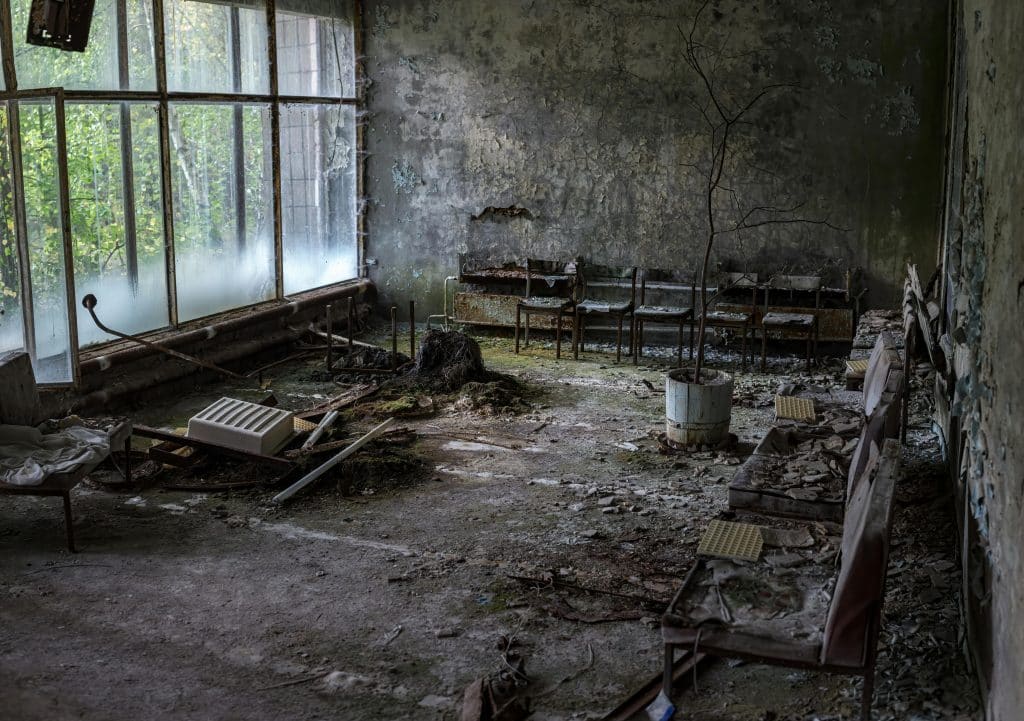In the fire safety industry, A fire door is a vital yet often overlooked part of keeping a building safe. They slow the spread of fire and even give first responders extra time to save lives. But, without proper maintenance, they can lose their effectiveness.
In recent years, changes to regulations have brought fire doors to the forefront of our minds. Regulations require more stringent and frequent checks for buildings across the residential sector. However, these changes have also put pressure on responsible people in commercial buildings. In this blog, we explore the importance of these doors and their maintenance.
The Importance of Fire Doors
Fire doors are specially designed to withstand fire for a specified period. This is typically from 30 minutes to several hours, depending on their rating and intended use. They serve as barriers, compartmentalising fire and smoke to contain its spread within a building. Properly installed and maintained fire doors can impede the progress of fire, allowing people to evacuate safely and reducing the risk of widespread damage.
What is Compartmentalisation?
Compartmentalisation is a fundamental principle of fire safety design, especially within buildings. It involves dividing a structure into separate compartments or zones. Each zone has fire-resistant physical barriers, such as fire doors and walls. The purpose of compartmentalisation is to contain the spread of fire and smoke. This then limits its impact on other parts of the building.
By containing a fire, compartmentalisation does two things. It keeps the fire from causing harm to more areas of the building and maintains structural integrity. This gives firefighters vital extra time to save lives and maintain escape routes. It also keeps valuables safe, minimising the financial impact of the incident.
Life-saving Features
Fire doors are constructed from fire-resistant materials such as steel and timber. This helps them withstand high temperatures for extended periods. The core of a fire door uses materials with fire-resistant properties, such as mineral wool or vermiculite boards. Other features like intumescent seals and self-closing mechanisms create a tight seal around the door. This restricts the passage of smoke and flames, protecting eyes and lungs. These features make them specifically engineered to slow the spread of fire. Therefore, the integrity of these doors directly affects the effectiveness of fire containment measures within a structure. Any compromise in their functionality can lead to disastrous consequences.
What do Fire Doors Protect?
In the world of building safety, protecting assets and people is paramount. Nowhere is this more important than in fire safety. As a fire safety professional, your building users and property are your highest priority, and fire doors help you keep them safe.
Assets & Property
Fire doors play a critical role in protecting assets within a building, as well as the building itself. In commercial settings, assets may include valuable equipment, inventory, and sensitive data. By containing the spread of fire, these doors help mitigate potential damage to the structure of the building. As well as enhancing safety, it preserves assets and reduces potential financial losses. This also helps your business to bounce back quicker after the incident, reducing the amount of lost profits.
Building Users
Above all, fire door security is about protecting human lives. In the event of a fire, every second counts, and fire doors provide crucial time for occupants to escape safely. By compartmentalising fire and smoke, these doors create safe routes of egress. These allow people to evacuate the building safely. Investing in fire door security is, therefore, an investment in the safety and well-being of building occupants.
Fire Door Inspections
Regular inspections are vital to ensure the continued effectiveness of fire doors. Inspections involve a thorough assessment of each fire door, including the door itself, frames, seals, hinges, and closing mechanisms. This includes checking for signs of wear, damage, or improper functioning. Any deficiencies identified during inspections are then addressed to maintain the integrity of the fire door system.
Inspections also help ensure compliance with regulatory standards. In the UK, the law dictates how frequently doors should be checked. It also ensures that doors are in a fit state to do their duty in the event of a fire. This diligence provides reassurance to building users that doors are being maintained. Therefore, it’s important to establish a routine inspection schedule and work with certified professionals. These practices can help mitigate risks and enhance the overall safety of a building.
By partnering with external professionals, you ensure that these valuable checks are being carried out to the highest standards. External inspectors also have access to dedicated software, meaning the best output for you and your team.
For expert advice on fire prevention and damage limitation, contact Martyn Young Fireproofing Consultancy today on 07585 896648
The post Fire Door Security: Protecting Assets and People appeared first on Total Fire Group.


